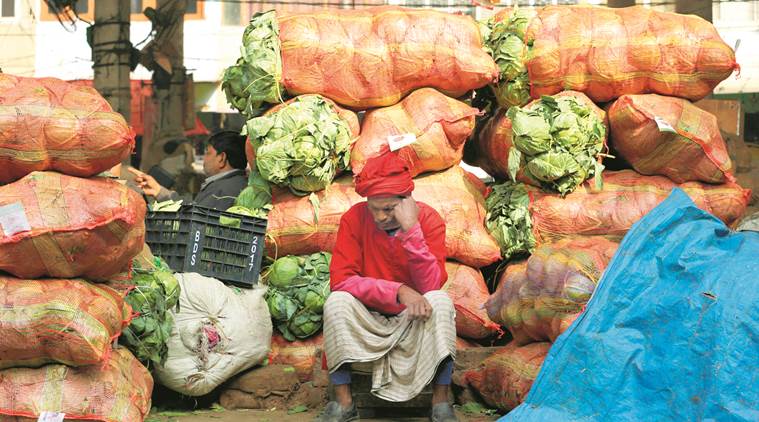Written by Sher Singh Sangwan |Updated: January 17, 2019 12:18:20 am
Addressing agrarian distress: An alternative ‘area planning’ price support scheme for farmers
The existing MSP-based procurement system is fiscally unsustainable. The time has come to consider market intelligence-based regulation of crop production

Farmers are always in distress when prices of their produce are subdued. The response of governments, obviously prompted by political pressures, has been to sharply hike minimum support prices (MSP) of crops or declare loan waivers.
Thus, the current government at the Centre has significantly raised the MSPs of both the kharif and rabi crops for 2018-19, while claiming to have implemented the ruling party’s 2014 election promise of pegging these at 1.5 times the estimated production costs of farmers. State governments, whether ruled by the BJP or the Opposition, have similarly unveiled loan waiver packages. Some like Telangana, Jharkhand and Odisha have announced flat annual assistance to farmers, either on a per-acre or per-family/household basis.
None of these quick-fix solutions to address agrarian distress have really worked on the ground. Even if they have — such as Telangana’s Rythu Bandhu per-acre assistance scheme — the fiscal costs make them difficult to sustain in the long run. MSPs and loan waivers, on the other hand, haven’t probably even achieved their political objectives. There are enough reports showing market prices of most crops to be ruling way below the latest MSPs. In sugarcane, the current 2018-19 season marks the first ever, where mills are struggling to pay even the Centre’s “fair and remunerative price” to growers, leave alone the higher “advised” rates fixed by states such as Uttar Pradesh. Loan waiver implementation, likewise, has seen much less-than-expected coverage of farmers, besides restrictions on the write-off amounts (not more than Rs 1-2 lakh) and the institutions to whom credit is outstanding (mostly cooperative banks).
The above farm distress and inability to sufficiently mitigate has entirely to do with prices. Higher MSPs have little meaning when market supply-and-demand conditions and lack of government procurement do not allow for their effective enforcement.
The Food Corporation of India (FCI) undertakes paddy and wheat procurement, with the share of these to the output of the two cereals amounting to 33.8 per cent and 35.90 per cent, respectively, in 2017-18. In the last couple of years, there has been procurement of pulses and oilseeds as well under the Centre’s Price Support Scheme (PSS) through agencies such as the National Agricultural Cooperative Marketing Federation. Last year, a record 4.5 million tonnes of pulses, accounting for 17.8 per cent of the country’s production, got procured.
Such purchases, however, have their limitations, which are both fiscal and market-related. Large-scale procurement leads to massive accumulation of stocks with government agencies. That, in turn, puts further downward pressure on prices, as the private trade stops buying in the belief that the agencies will have no option but to offload these in the market. It forces further governmental procurement to support farmers, setting off a vicious cycle. We have seen this in rice and wheat — and now also in arhar/tur, chana, groundnut and rapeseed-mustard.





































No hay comentarios:
Publicar un comentario